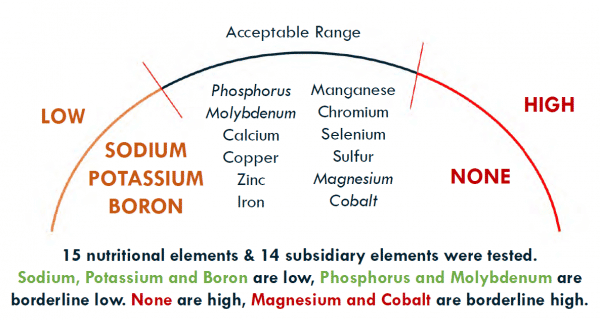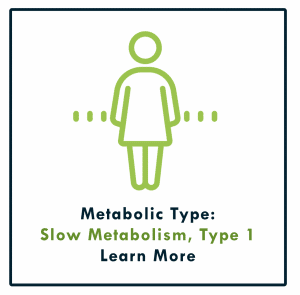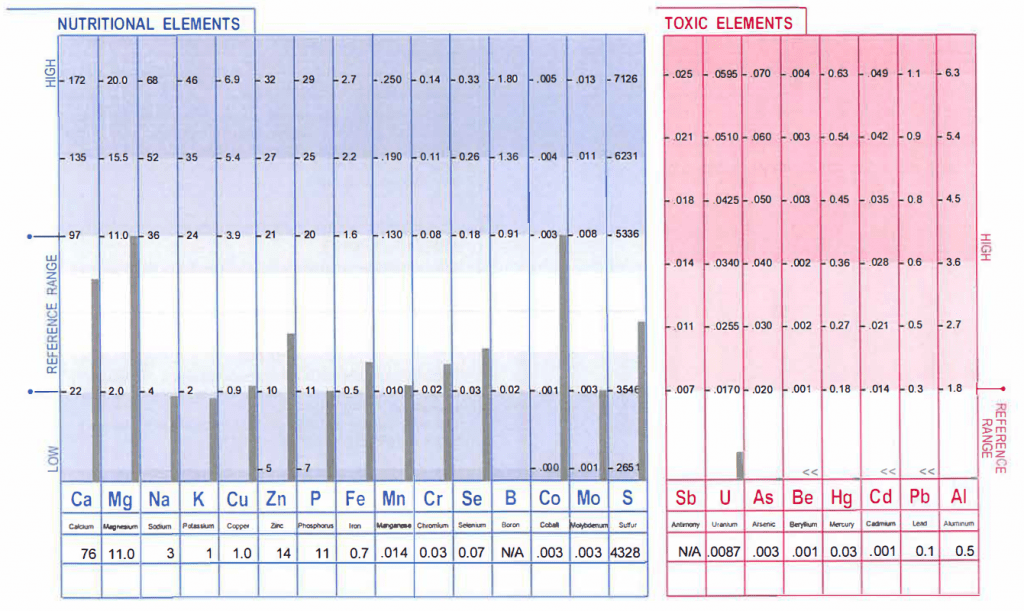Hello! I’m Rebecca and I recently took the Mineral Hair Analysis Test. As a 26-year-old woman, I’ve recently taken a stronger interest in my health in the last few years.
To provide some background to my lifestyle, I am roughly 5’6” and my weight fluctuates from 110-120 pounds. I workout 3-4 times per week, alternating between yoga and body weight exercises. I try to avoid GMO foods, and buy organic as often as I can. More often than not my meal does not contain meat but I will eat turkey, chicken, and bacon when I do consume meat. At home, I cook mostly different forms of rice and vegetables or a variety of chicken casseroles. I try to keep healthy snacks at home including cereals, granola, pretzels and hummus and different fruits.
Other habits of mine include drinking socially and smoking regularly. Due to family history of heart problems and practicing similar habits as them, I was recommended to cut out salt from my diet to stay healthy. I started paying more attention to labels and removed table salt from my home. The only health issues worth noting that I have experienced since a young age is occasional fainting and a recent experience of a vasovagal syncope. Overall, despite some of my less healthy habits I felt as if I was generally healthy and on the right track with my diet and overall in tune with my body. With that said, I always believe there is room for improvement so I took the Mineral Hair Analysis Test in order to figure out what areas I was lacking in and receive guidance on supplementation that may be helpful for me personally.
When I first received my test results I was surprised at the variance in my mineral levels. There were some that were borderline high and others very low. The first thing I noticed was the below normal sodium levels, I realized I may have cut too much sodium out of my diet. The second thing I noticed were some of the toxic elements I had in my system, this I assumed was from smoking cigarettes. The majority of my low mineral levels were correlated to the fact that I did not consume a lot of meat.


Another fact that surprised me about myself was that I was a Type-1 Slow Metabolizer. Earlier I referenced my body type, and I had always assumed I could thank a fast metabolism for it. I was wrong. In fact, I learned your body type is not always a direct reflection of your metabolism. As I read about the slow metabolism type I did seem to fit the ticket, low protein intake, fatigue, cold hands and feet, and the occasional craving for sweets to name a few.
The report continued on and discussed my electrolyte levels, I was not in the routine of taking electrolyte supplements before, during or after working out but I would take them on occasion and always had some on hand for the days I was feeling especially dehydrated. Unfortunately, it seems this was not enough because my sodium and potassium levels were still below normal, and my magnesium levels were borderline high because my body was retaining the mineral to try and make up for the lower sodium levels.
My nutrient mineral ratios furthered the evidence for my slow metabolism, showed signs of an underactive thyroid and explained why some levels were below normal and others were borderline high.
My diet recommendations shocked me initially. I was not thrilled that it was recommending to cut back on certain foods like avocados, fruit juices, coconut oil and corn chips (that I love to eat with hummus), peanut butter (I consume daily) and bacon. However, then I noticed my diet did not need to change dramatically. I needed to increase my meat consumption and could still eat turkey and chicken. I also was recommended to increase my consumption of eggs, bananas, specific vegetables and whole grains. Overall, I was happy to have dietary recommendations for my personal needs that I can follow to help improve my bodies functionality.
I also learned that some of my other symptoms I had been experiencing were correlated with my mineral test results. For example, my calcium and potassium levels potentially were influencing my mental health and feelings of fatigue I would experience. Bloating after eating was related to my sodium and potassium levels.

Once I reviewed my results and recommendations, I started my supplement program. I am taking ActivFulvic and Daily Multiple in the morning. The ActivFulvic is a detox for the toxic metals in my system and will also help my body absorb nutrients more efficiently. The Daily Multiple is a whole food supplement to fill in some gaps in nutrition I am experiencing. I also am taking Potassium, Iron and RePlenish after dinner each night to help balance my sodium, potassium, calcium, magnesium and iron levels. Every other day I am adding a few drops of Iodine to my water to increase my thyroid function. I am looking forward to following my supplement and diet program and retaking the test in 3-6 months to determine what minerals I should and should not continue taking after following the test recommendations.

